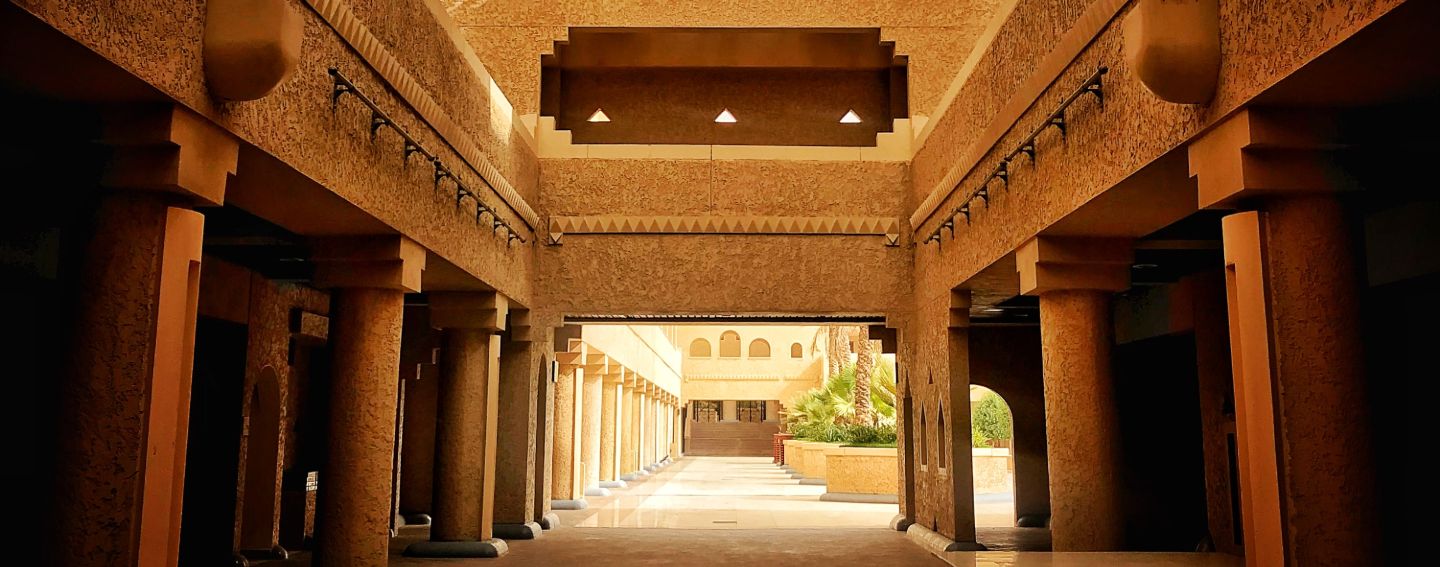Saudi Arabia has decided to turn to international markets for LNG imports in a move to support industry and rebalance its energy mix
The kingdom of Saudi Arabia holds considerable natural gas reserves and processes a large amount of what it produces for domestic consumption, but its plans for industrial diversification and the adjustment of its energy mix introduce a requirement for imports.
The National Transformation Programme, part of the broader Vision 2030 project, details raw gas output rising to 17.8bn ft3/day by 2020 from the current 13.3bn ft3/day. The programme also outlines the share of natural gas in the power generation mix rising to around 70pc from 50pc at present. New gas plants at Fadhili, Haradh and Midyan will add around 3.9bn ft3/day and bring the 2020 output target within reach, but additional sources will be needed.
Saudi Aramco has made a start on developing unconventional gas plays in the northwest of the kingdom, but it is uncertain whether this will be economically viable. Total unconventional gas resources are estimated at around 645 trillion ft3 (twice the size of known US reserves), but producing from such reservoirs is relatively expensive because of their remoteness, depth and the lack of water, which is vital to the fracturing process.
LNG imports would be part of a broader process of Saudi Aramco becoming better connected to international markets, with the company already moving into third-party oil trading and set to launch its partial IPO sometime in the next 12 months.
Gas-rich
Saudi Arabia has fabulously gas-rich neighbours in Qatar and Iran, but political issues bar imports from either, making it necessary to look further afield. At present the most likely sources of LNG imports appear to be Arctic Russia or the US Gulf coast. Russian president Vladimir Putin made an offer of supply to Saudi Arabia at the 16.5mn t/yr Yamal LNG plant’s inauguration in December 2017, and discussions between Aramco and US LNG developer Tellurian about the NOC either taking a stake in the company or buying LNG from it have been reported. But additional supply need not come from offshore stake holdings or long-term deals. Aramco could simply decide to buy LNG from the well-supplied and increasingly flexible spot market.
The challenge of higher prices will have to be faced, whatever the source of the imports, as Aramco sells gas at a low price domestically to support investment in industry. The domestic gas price was raised to $1.25/mnBtu from $0.75/mnBtu in 2015, but a representative LNG spot price – for instance in the northern hemisphere winter market – could be around $8.50/mnBtu. The cost of any resale subsidy would therefore have to be weighed against the broader economic and environmental benefits of the kingdom upping the share of natural gas in its energy mix. The economics of more gas in the generation mix would mitigate cost to an extent, reducing the amount of crude oil, fuel oil and diesel burned at times of peak power demand. In the summer, for instance, the kingdom can burn around 1mn b/d of crude oil for power generation to meet additional demand, removing the potential to profit from selling the crude.
Test the water
Saudi Arabia is unlikely to become an LNG buyer of any size overnight. Ikram Elloumi, an LNG marketing and trading consultant, points out that Aramco is likely to test the water before it commits to becoming a regular importer. “It will start by using a floating storage and regasification unit (FSRU) for peak electricity demand in the summer, to offset the crude and fuel oil normally burned to make up for extra consumption,” Elloumi said, pointing out that the kingdom will have learned from neighbours – including Dubai and Kuwait – using FSRUs for gas imports. Such an approach would enable Aramco to measure the economics of offsetting liquid hydrocarbons in the generation mix and plan for the replacement or upgrade of existing generation assets.
LNG imports would be part of a broader process of Saudi Aramco becoming better connected to international markets, with the company already moving into third-party oil trading and set to launch its partial IPO sometime in the next 12 months. While firm investment decisions on LNG imports and the infrastructure they would require are unlikely to be made until the IPO, the appearance of Saudi Arabia as a potential buyer is sure to be welcomed by producers and exporters in an amply supplied international market.

